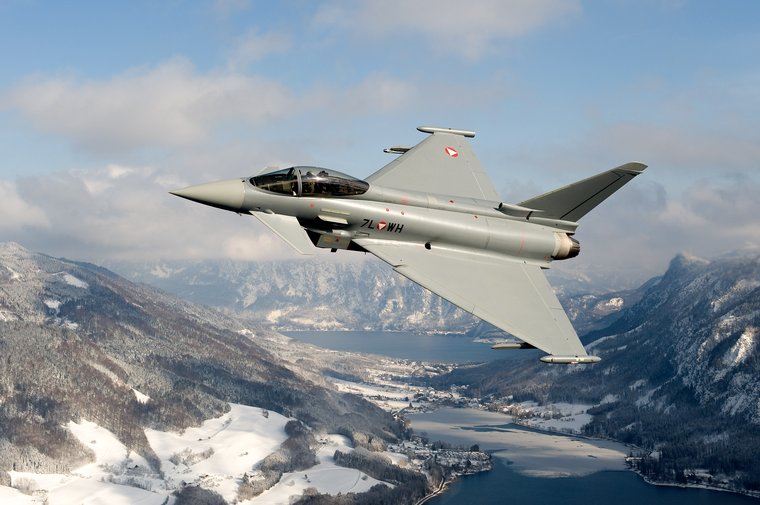
Austria to install pilot breath monitor on Typhoon fighter jets to provide hypoxia warning
Austria to install pilot breath monitor on Typhoon fighter jets to provide hypoxia warning
Details
More Products & Services
Products & Services
Defence Insight
Shephard Media
Some of the things people like you use Defence Insight for:
- Total addressable market sizing ($)
- Competitor analysis
- Cost analysis
- Market forecasting
- Growth identification
- Increasing closing ratio
- Increasing closing order value
- Estimating product potential
- Calculating sales forecasting
- Supply and demand analysis
- Total addressable market sizing ($)
- Competitor analysis
- Cost analysis
- Market forecasting
- Growth identification
- Increasing closing ratio
- Increasing closing order value
- Estimating product potential
- Calculating sales forecasting
- Supply and demand analysis
Military Unmanned Systems Handbook
Shephard Media
The Military Unmanned Systems Handbook (Digital Download) is an international guide to the military UV industry and provides detailed information on air, ground and sea (surface & sub-sea) vehicles as well as subsystems. What's included: Unencrypted 390+ page PDF of equipment and supplier information Market summary
Shephard Plus Update
Shephard Media
Shephard Plus is updating in June 2018 with rich new capabilities, and is now one of the most cost-effective and valuable aerospace and defence market intell...
Description
Finnish companyInsta has signed an agreement with the Austrian Air Force for to supply theInsta Pilot's Breath Air Monitor (IPBAM) hypoxia early warning system for use on the country'sEurofighter Typhoon fleet. use.
IPBAM is a hypoxia early warning system that reduces the risk of physiological events. Austria will bethe first Eurofighter user country to install the system,following asuccessful test campaign.
IPBAM alerts the pilot to low oxygen or pressure conditions and gives them to react and take corrective action in good time. IPBAM is a standalone product and not dependent on aircraft interfaces.
Related Articles
Updated: Austria doubles down on Leonardo helicopter procurement
Paris Air Show: Patria agrees industrial participation under Finland's F-35 fighter programme
BAE Systems future-proofs Typhoon with 'Tranche 5' upgrades and GCAP synergies
The monitoralso produces a data log of measured and calculated parameters, whichcan be used to study the conditions in which the dangerous situation took place and monitor long-term performance of aircraft systems.
Anton Sturmann, of theAustrian Air Force'sAir Material Staff said: 'The possibility to use an interpreter for the recorded oxygen data renders an aircraft-independent analysis possible, enabling a better understanding of the behaviour of the oxygen system and the human body while under extreme conditions.'
IPBAM was developed together with the Finnish Defence Forces as a strategic partner.
Austria purchased 15 Typhoon Tranche 1 aircraft In 2003, and deliveries were completed from 2007-2009.
This fleet is expected to remain in service until 2032, although Vienna hadindicated and intention to retire the aircraftearlier.
IPBAM is a hypoxia early warning system that reduces the risk of physiological events. Austria will bethe first Eurofighter user country to install the system,following asuccessful test campaign.
IPBAM alerts the pilot to low oxygen or pressure conditions and gives them to react and take corrective action in good time. IPBAM is a standalone product and not dependent on aircraft interfaces.
Related Articles
Updated: Austria doubles down on Leonardo helicopter procurement
Paris Air Show: Patria agrees industrial participation under Finland's F-35 fighter programme
BAE Systems future-proofs Typhoon with 'Tranche 5' upgrades and GCAP synergies
The monitoralso produces a data log of measured and calculated parameters, whichcan be used to study the conditions in which the dangerous situation took place and monitor long-term performance of aircraft systems.
Anton Sturmann, of theAustrian Air Force'sAir Material Staff said: 'The possibility to use an interpreter for the recorded oxygen data renders an aircraft-independent analysis possible, enabling a better understanding of the behaviour of the oxygen system and the human body while under extreme conditions.'
IPBAM was developed together with the Finnish Defence Forces as a strategic partner.
Austria purchased 15 Typhoon Tranche 1 aircraft In 2003, and deliveries were completed from 2007-2009.
This fleet is expected to remain in service until 2032, although Vienna hadindicated and intention to retire the aircraftearlier.

Share
Recent Chats
Share via email
Future: handle WhatsApp here
Future: handle LinkedIn here
Future: handle Twitter here
SUBMENU HERE
Share via Chat
Copy Link


